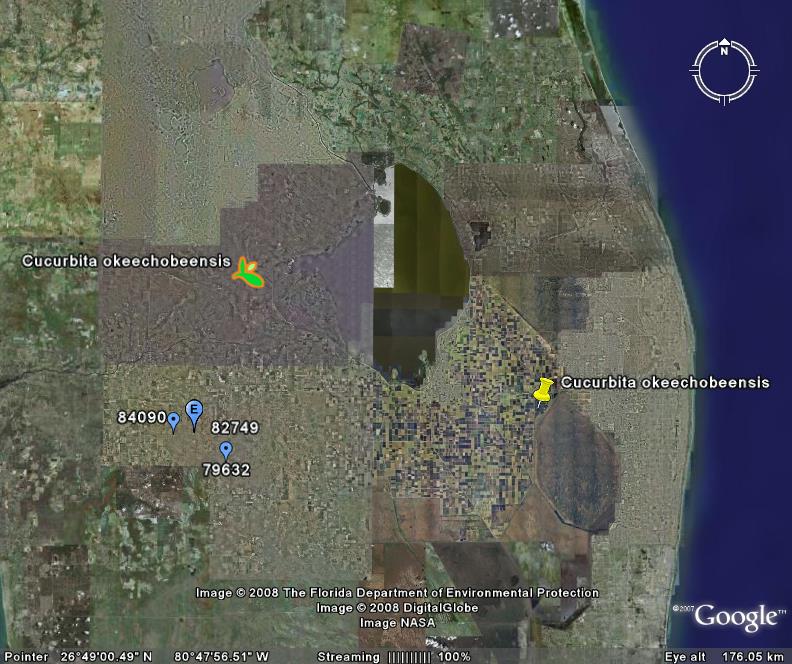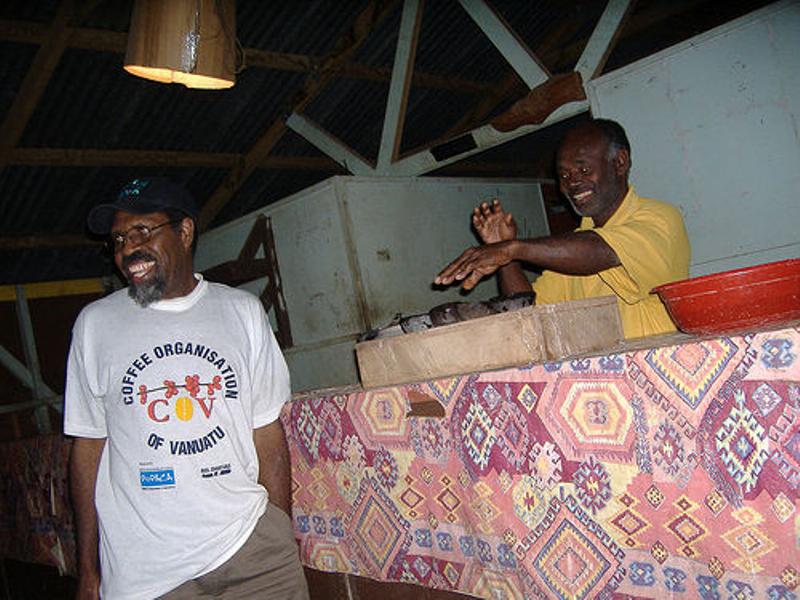After we blogged about their DVD “Global Science Encounters: Discovering Agricultural Biodiversity†last February, the people at PhotoSynthesis Productions very kindly sent us a copy. Here’s a teaser. We asked Meg Fowler to give it a onceover, and you can see what she thought of it below. Meg recently graduated high school and will be going to American University in DC to study law or business or somesuch, but she has a keen interest in agrobiodiversity.
Despite the inescapable level of cheesiness in all educational films, the Global Science Encounters DVD on “Discovering Agricultural Biodiversity†is informative and relatively captivating for young people of all interests.
It was an engaging movie that could draw in students of many different hobbies and academic focuses and relate the issues and topics to all of them. Science enthusiasts can appreciate all aspects of the movie, and students with a love for food, cooking, and/or nutrition might enjoy the experiment done in the movie. Also, kids who love nature would be attracted to the section about farming, in which the organic farmer Chaw Chang describes working in the outdoors, and the social sciences are employed in the historical anecdote about hemlock, the poison that killed Socrates, and in aspects of the film that involve raising awareness about the issues and making a difference in society. Finally, in the community project proposed at the end of the film, talents of artists, technicians, and leaders among student groups are all employed. The universal appeal of the DVD make it appropriate for the classroom and other educational settings.
The content presented was also beneficial and informative. The film got into aspects of “biodiversity†that pertained to the value of the many different species of crops and organisms. The film explored the positive aspects of two specific crops, carrots and rice, by describing why they are important in both developed and third-world countries for nutrition and dietary appeal. It also shows students what work is being done currently to promote healthy, organic agriculture and to continue research on different varieties of crops by interviewing two professionals: Chaw Chang, an organic farmer, and Philip Simon, a scientist working with USDA. The only content flaw in the movie pertained to the presentation of the concept of “biodiversity.†It was described in the context of crop-by-crop preservation, but not as much on the level of preserving diversity of varieties within a species. This was touched on in the portion about the different types of carrots, but the movie did not get into the importance of preserving the different varieties of carrots (and other crops), other than for their nutritional value.
Lastly, the DVD’s interactive nature makes it a positive addition to the classroom with access to internet sites and supplementary documents provided. Within the film, itself, the classroom can become involved by choosing the topics from each menu about which they would like to learn; therefore, they are capable of controlling the depth in which they learn about each topic. They can get a brief overview, or choose to also watch the supplemental interviews and short subtopics.
Overall, the Global Science Encounters “Discovering Agricultural Biodiversity†is a useful introductory DVD for students who are first learning about genetic diversity and agriculture.

